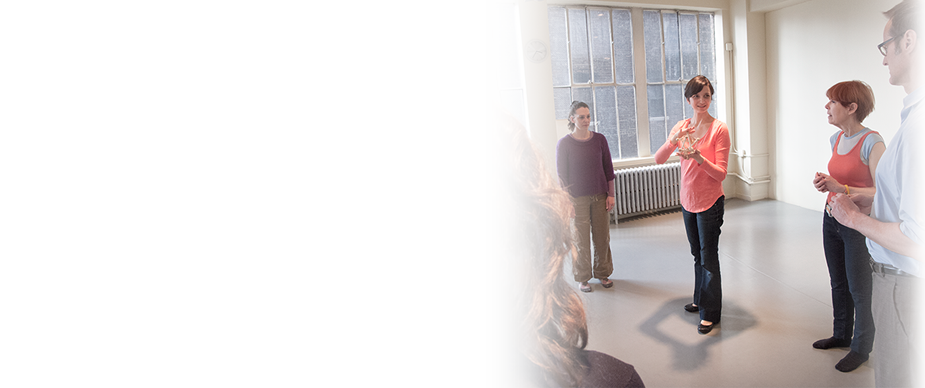Improving Posture Means Getting Yourself Organized
/Good posture isn't about standing up straight. It's about getting organized. I've been seriously pondering how I can better organize my stuff. I've been guilty of taking clutter and instead of sorting through it and tidying it up, stuffing it haphazardly into a closet, cabinet, or shelf. The clutter isn't gone. It's just been moved and eventually the spot where I keep putting it will fill up.
Similarly if you try and fix your posture by lifting your chin, lifting, your chest, pulling your shoulders back, sucking your belly in, or tucking your pelvis, you'll be doing the same thing. You're taking tension from one place and moving it somewhere else or swap slumping forward for slumping backward. Sit in a chair and slouch and then pull yourself up. You may or may not feel it, but if you pull yourself up with your chest and upper back or by pulling your shoulders back, you end up leaning back and really just slouching backwards. Try it in front of a mirror.
New clients come to me looking to change their posture because what they are doing isn't working. It's like filling your closet, closing then door, walking away and then finding that everything has spilled out. These quick fixes aren't sustainable. How many times have you tried to sit up straight at work and found yourself slumping within minutes?
The problem isn't sitting or standing up straight. It's how people go about it. It should actually be comfortable. Hoisting yourself up and then just as soon collapsing probably isn't very comfortable, is it? And you may wonder how having good posture can ever feel good and be sustainable.
It can. You just need to get organized. And that's where the Alexander Technique comes in. Continuing with the home and clutter analogy, you may have heard of the popular website fly lady.net Flylady asks, "Have you been living in CHAOS? FlyLady is here to help you get your home organized! She teaches you to eliminate your clutter and establish simple routines for getting your home clean!"
Let's change her pitch to fit the Alexander Technique...."Does improving your posture feel like CHAOS? The Alexander Technique is here to help you get your body organized. It teaches you how to eliminate tension that's putting you wrong and establish simple routines for changing long-held habits."
The flylady guides us to organize our homes by starting with the kitchen sink. Make it shine and get your kitchen sparkling before you move on to anything else. The Alexander Technique helps you get organized by starting with your head and neck. Why? Your head is right on top of your neck and it weighs 10-12lbs! And it's the top-most part of your body. So what that means is that if your neck gets tense, like it might if you're straining to look at your screen, the tension in your neck is pulling your head down, putting a lot of pressure on your back, hips, and legs. In order to begin resolving any other postural issues, we have to start by reducing neck tension to relieve the pressure of the head pulling down onto the spine (think taking the lid of the jack-in-the box.)
Here's what to do to get started. You've got to get the top of your head to aim up toward the ceiling. Not your eyes, not your face, but the very top of your head. Put your hand there. Feel how high it is. Give it a little scratch (right in the center of the top of your head). Now take your hand away. Do you still feel where you scratched? That's the top. Now that you're aware of it, imagine that there's an arrow pointing up to the ceiling right from that point. Don't pull up (that will make you stiff), just aim up. Think up. Orient yourself up.
Taking lessons or classes can help you understand this concept more clearly and what else follows on the road to better posture, but you can start right now as you're reading this. Just scratch your head and aim up from there.
Now I'm going to tackle a sink full of dishes.
















































